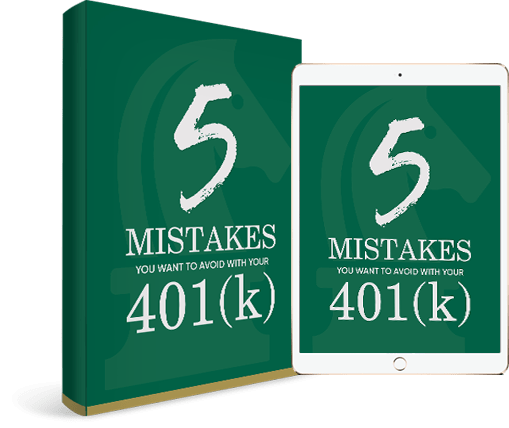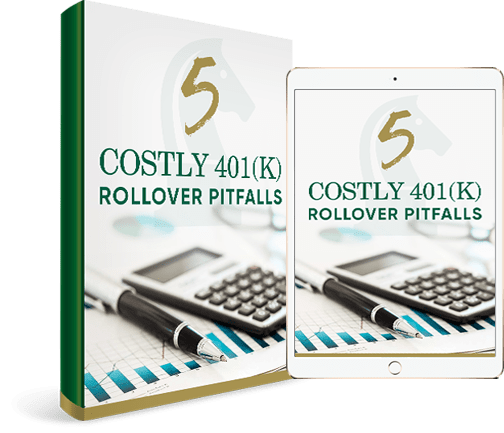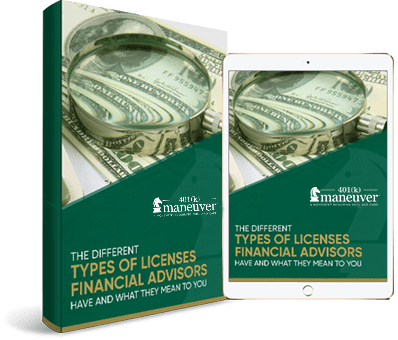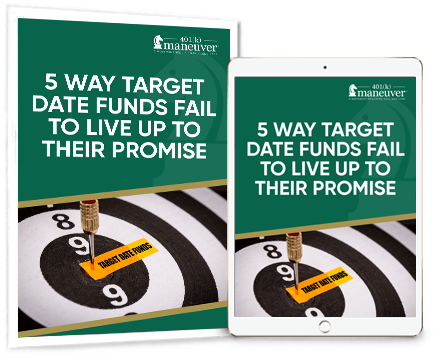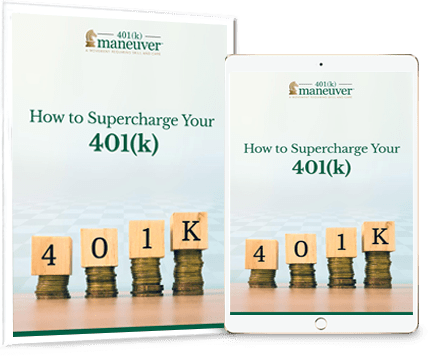
Why It Might Be Time for a Spending Break
America, it may be time to hit pause on spending. Even if just for a little while.
The statistics from Clever speak volumes:
- Nearly three-quarters of Americans (71%) have regrets about their spending, and a majority of Americans (55%) say they spend recklessly.
- 78% of Americans make purchases they immediately regret.
- 38% of Americans say they often know their purchases are reckless but make them anyway.
- 1 in 6 Americans (16%) say their spending has ruined their life.
- 84% of Americans justify unnecessary purchases with phrases such as “I deserve it” or “I’ll treat myself.”
- Nearly one-third of Americans (29%) engage in “doom spending,” which is overspending to cope with stress.¹
It’s no secret that our spending habits can spiral out of control, often justified with phrases like, “I deserve it,” or “This is just a one-time purchase.”
Enter the spending break: A chance to pause, reevaluate, and reclaim control over your finances.
Whether it’s a No Spend Challenge or a personal commitment to curb unnecessary purchases, this practice isn’t just about saving money – it’s about redefining how we spend and live.
Keep reading to learn why a spending break could be the financial reset you need and how to make it a success.
Benefits of a Spending Break

The idea of a spending break is to only spend money on necessities for a set amount of days, such as a month.
During a spending break, you only pay for the things you need: Hosing, utilities, gas, and groceries.
The goal is to eliminate unnecessary spending and put the money saved during this time period into your savings.
There are benefits to taking a spending break.
For instance, Kendall Meade, a financial planner at SoFi, says, “When they are going through these no-spend times, people realize what they were spending money on wasn’t that important to them. […] It can help them figure out what they can cut out moving forward.”²
Here are some reasons why so many people are taking on the No Spend Challenge.
- Save Money. If you are NOT spending money, you are saving money. Take a look at your bank account at the end of your spending fast. The excess you have (compared to your usual spending months) should go straight into savings.
- Identify Needs versus Wants. We are used to being able to buy things when we want them just because it is so easy now with card payments, Apple Watch pay, and online shopping. This is a problem because it makes it easier to buy things we want but really don’t need. If you are forced to question whether what you are buying is a want or a need, it will shift your way of thinking about shopping.
- Examine Lifestyle Creep. Lifestyle creep is a real thing. We tend to reward ourselves as we advance in our careers by elevating our lifestyle. We upgrade our homes, cars, and even our groceries. When you turn off spending, it will be more evident about what things you’ve been accustomed to buying now that you are in a different life season. This should also make you consider how much more you could have saved for retirement if you kept your lifestyle the same as your income rose.
[Related Read: Are These 5 Bad Financial Habits Sabotaging Your Retirement Savings?]
- Avoid Emotional Impulse Buys. As the statistics show, impulse shopping is a big issue for many people. We fall victim to the Dollar Section at Target or the items at the checkout lane. But, if you are on a spending break, you‘ll find it easier to resist this temptation.
Less Stuff. American homes are packed full of stuff. I know people who have so much stuff that they often forget about the stuff they already own and go out and buy the same stuff they already own. A little spending break can do wonders for the state of your closet and junk drawers.
Tips for a Successful Spending Break

Now that you understand the benefits of participating in a spending break, let’s talk about how to succeed when you hit pause.
- Set a Reasonable Time Frame. Generally, you’ll hear people talk about a No Spending Month. While this is a reasonable amount of time, it isn’t a set rule. You can set up whatever time frame works best for you. You may need to start small with a No Spend Weekend and then gradually move up to a No Spend Week.
- Use Cash. We live in a time when we rarely ever need to use cash, but cash is more tangible than a credit card. Once the cash is gone, it’s gone. For the time of your spending break, use cash rather than cards.
- Remove Temptations. If you know you will be tempted by emails announcing sales, notifications alerting you to discounts, or Instagram accounts hacking new products, turn them off for the spending break.
- Borrow Before You Buy. Make it a goal to borrow before you buy. When you are tempted to buy something new – even something you are convinced you “need” (like a new dress for an event) – ask around and see if someone has one you can borrow. This not only prevents you from spending money during this time period, but it also allows you to see if you truly need it.
- Talk to Friends and Family about What You’re Doing. Be honest with friends and family about your spending break. They may even want to participate alongside you.
- Plan Ahead for Spending Occasions. It’s important to consider what is happening during this time period. For example, if you know your best friend’s birthday falls during your spending break, go ahead and plan around it. You don’t want to miss out on planned events and special occasions because of this challenge.
Don’t Get Discouraged When You Slip Up. If you do wind up buying something that is not considered a necessity during this spending break, don’t beat yourself up. Give yourself grace and start fresh the next day.
Better Prepare for a Life of Abundance in Retirement.
Check us out on YouTube.
SOURCES
- https://listwithclever.com/research/bad-spending-habits-2024/
- https://www.cnbc.com/select/no-spend-challenge/



